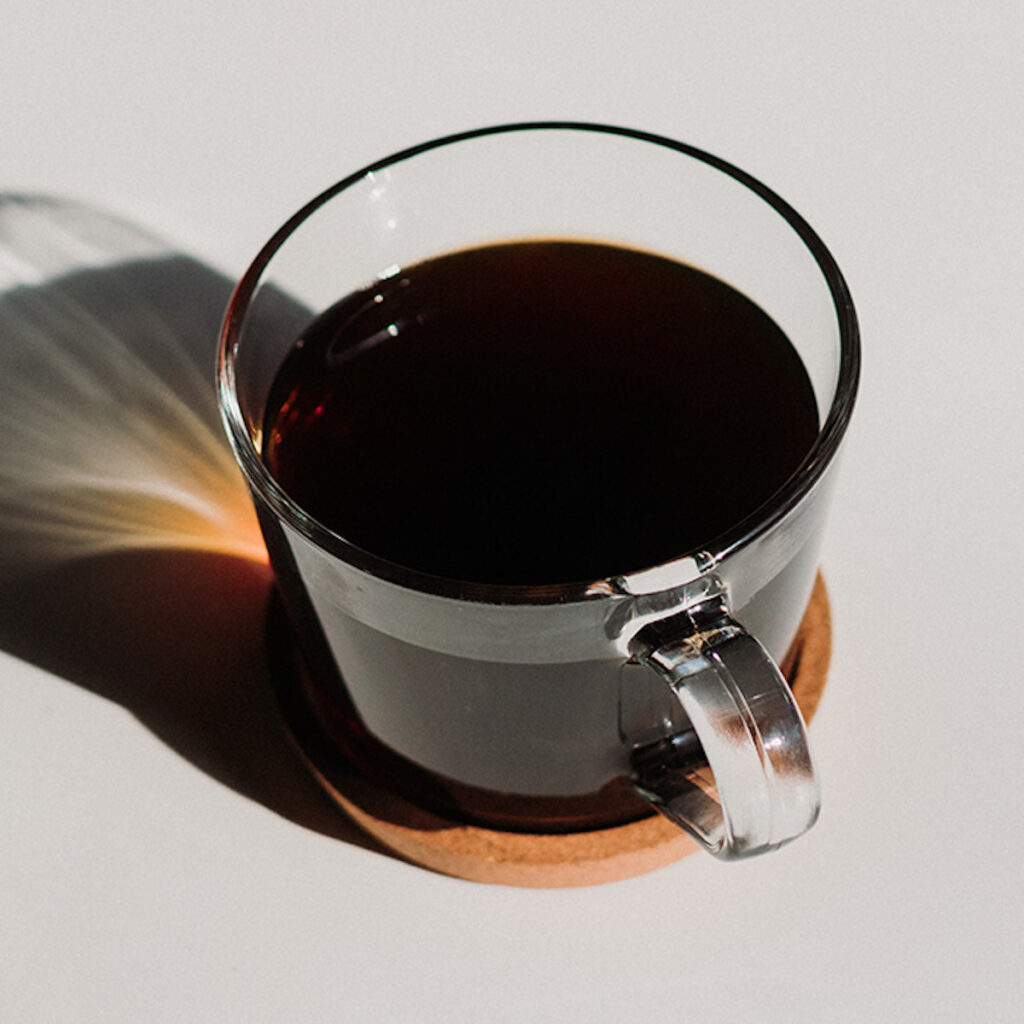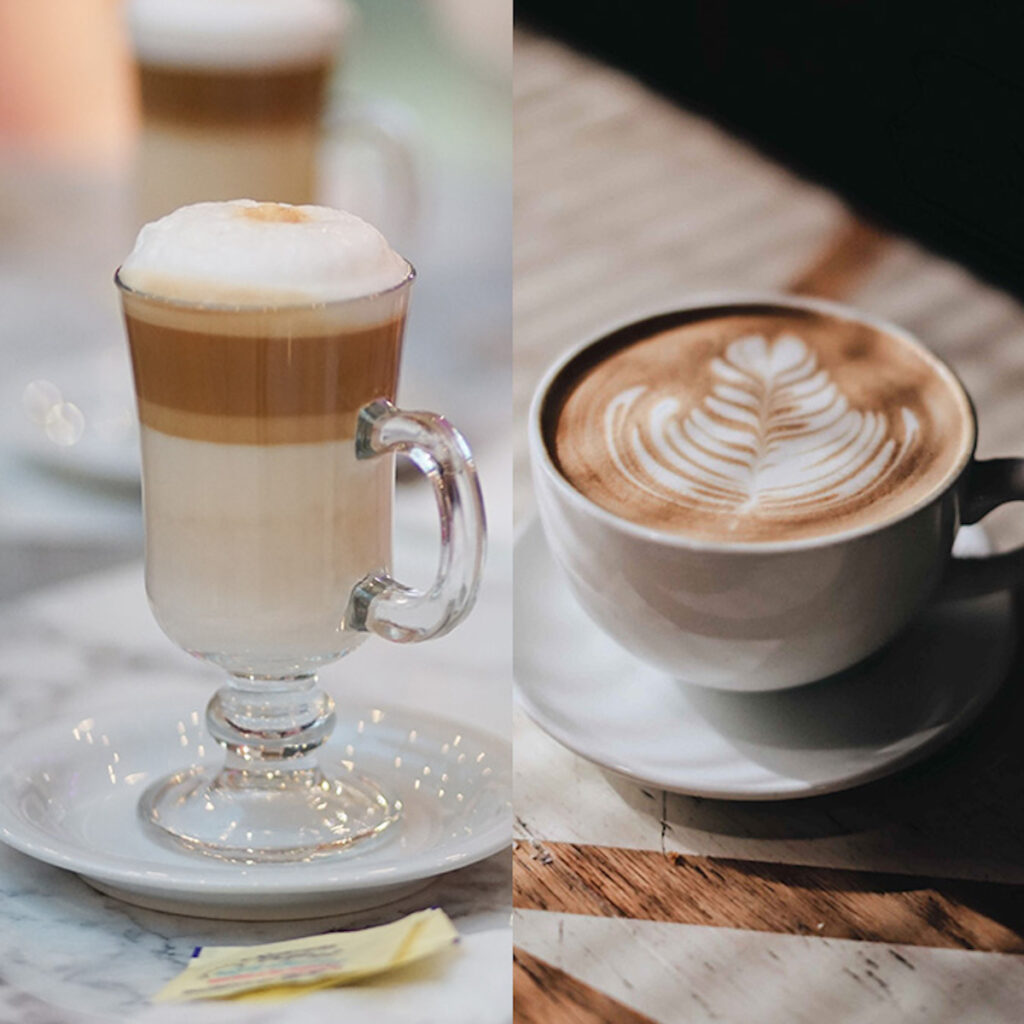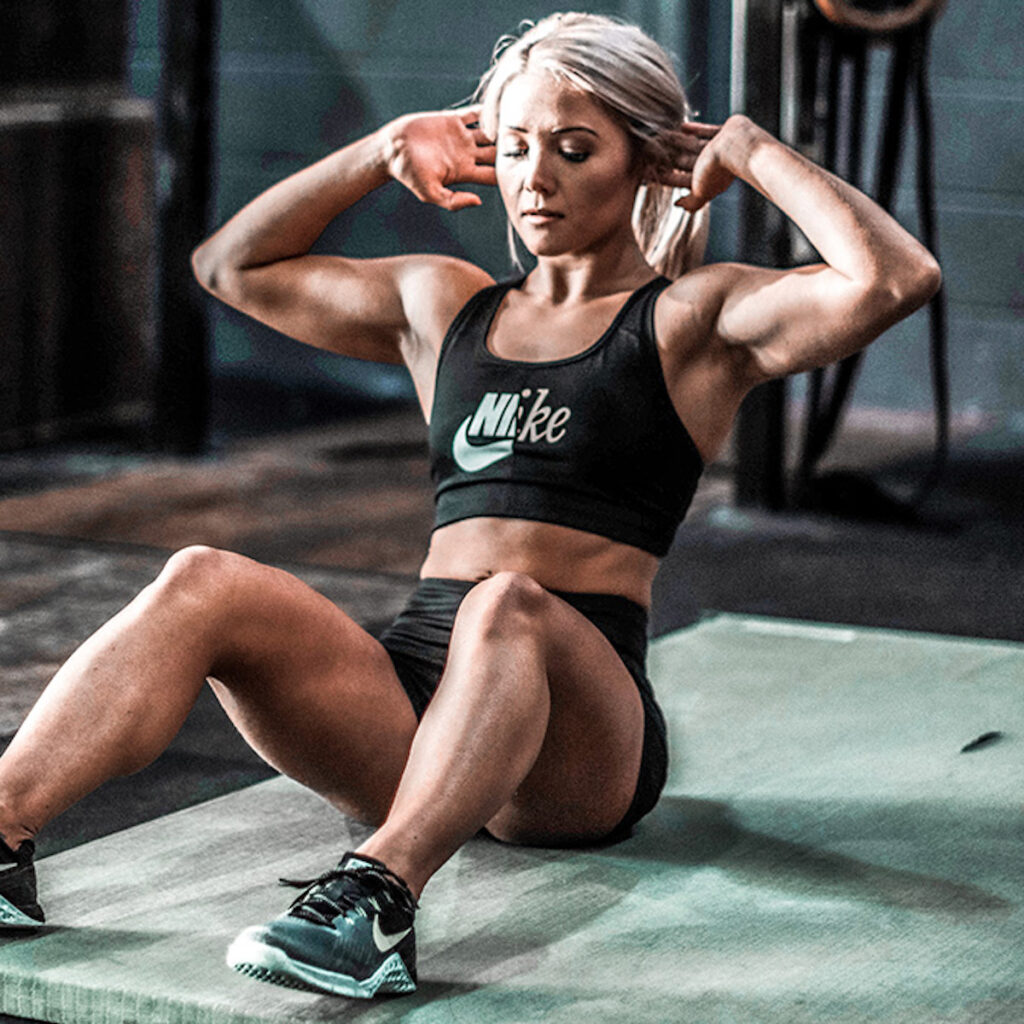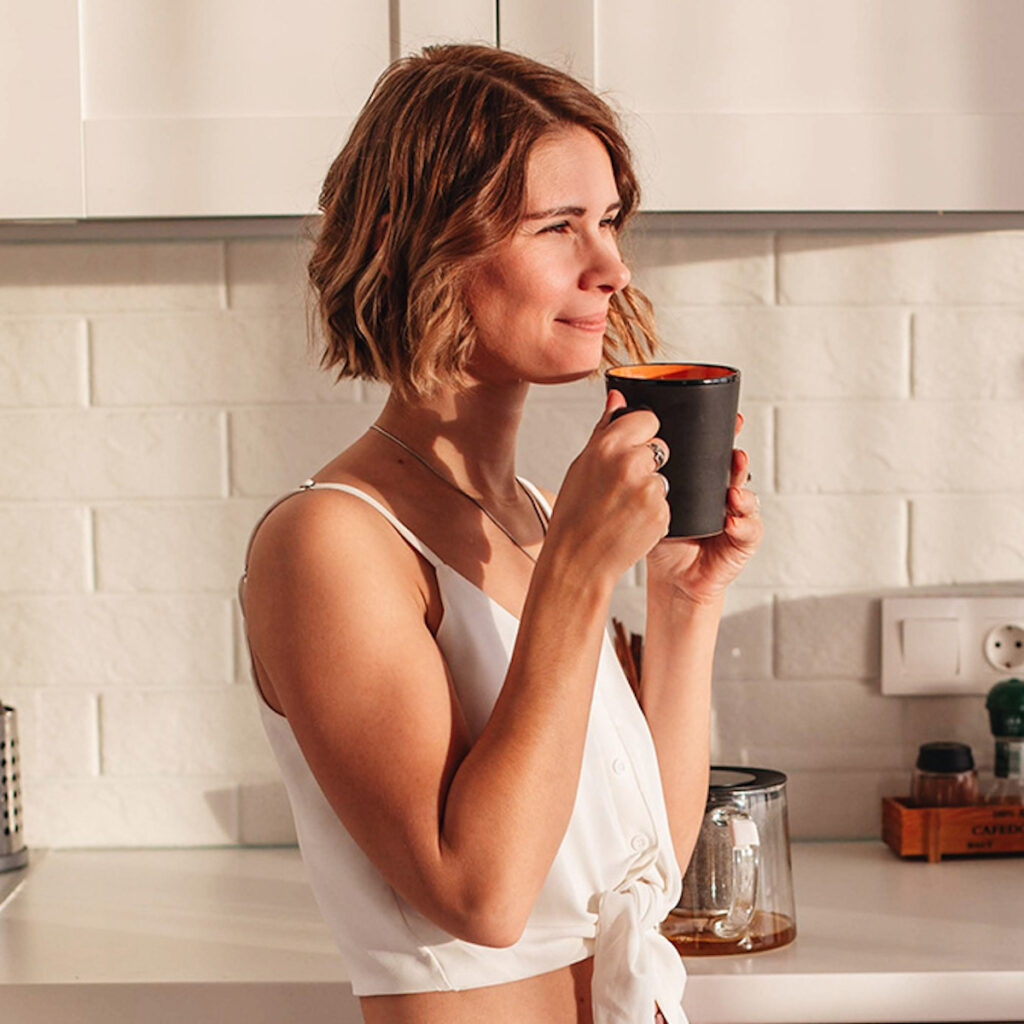Coffee has been a part of our lives for the last few centuries. It is a popular drink with many health benefits and can be seen as an integral part of many people’s morning and sometimes afternoon routines.
How Many Calories In A Cup Of Coffee: Everything You Need to Know

Coffee is one of the most consumed beverages in the world. In 2016, approximately 2.25 billion cups of coffee were consumed per day! Just in the U.S. alone, there are over 36 million coffee shops, and it’s pretty much impossible to figure out just how many coffee shops are all across the world.
Sure, coffee tastes great and improves your energy level, but does it add extra calories? Does it have any nutritional value? Does plain coffee really have zero calories?
It is true that coffee and calorie counts can be a confusing topic. This article will help you understand how many calories there are in your favorite drink!
So keep on reading to learn about the amount of calories in your coffee, whether it’s instant coffee, an espresso shot, or a flat white, we can help you figure it out.
How much coffee is a single serving?
If you are paying attention to your calorie intake, you’re interested in your health. Whether a cup of coffee is a daily habit or an occasional treat, it’s definitely worth looking in to so you can make the best choice for you.
If you’re watching your calories then monitoring your coffee consumption by tracking your daily intake is smart. In the U.S. the size of a ‘single serving’ has increased over the years. Nutritional data on coffee is based on the traditional serving size for a drink of 8 fluid ounces.
By comparison, a Starbucks ‘tall’ is 12 ounces, a grande is twice that at 16 ounces, and a venti is 20 ounces!
How Many Calories Does Coffee Have?
There are so many factors involved in how many calories you consume from drinking coffee. One of the biggest factors is all the extra ingredients we usually add to our coffee beverages. For example, if you add cream or sugar, if you add whipped cream to your latte, what type of milk you add to your drink, etc. If we focus on just brewed coffee on its own, it has about 2 calories according to a Healthline article.

Below is a list of common ingredients add to coffee and their calorie count:
- Sugar: 16 calories for 1 tsp (4 g)
- Heavy whipping cream: 101 calories for 2 tbsp (1 ounce, or about 30 ml)
- Half-and-half: 37 calories for 2 tbsp(1 ounce, or about 30 ml)
- Fat-free milk: 10 calories for 2 tbsp (1 ounce, or about 30 ml)
- Unsweetened almond milk: 40 calories for 1 cup (236.58 ml)
- International Delight Caramel Macchiato Coffee Creamer: 1 tbsp (15ml)
The most important thing to remember is that if you don’t drink your coffee black, it will always have more calories than if you drink it black! A plain cup of black coffee might not have 0 calories, but it has less than 5 calories and no fat content, which is pretty much as low as it can get when it comes to drinks that aren’t plain water.
What’s in coffee anyway?
Coffee does have some nutritional value. It contains small amounts of magnesium, potassium, niacin, antioxidants and is thought to have some health benefits. These trace nutrients don’t make a significant difference in the amount of calories.
It also contains caffeine, which can suppress the appetite and give a boost of energy at the same time, which is helpful in weight loss.
Caffeine doesn’t contribute to the calorie count, but too much caffeine can lead to a variety of unpleasant symptoms including sweating, increased heart rate, anxiety, and difficulty sleeping. If the caffeine intake catches up to you before the calorie intake, consider switching to decaf, which has a much lower (but not zero) caffeine content.
*There are always exceptions – if you have a medical condition or take a prescription that makes you sensitive to these, always consult your doctor.*
Does the type of beans change the calorie count for a plain cup of coffee?
The amount of calories is so small in coffee beans anyway, the type of coffee beans doesn’t make a difference.
Does the roast of the coffee affect the calories?
A lighter roast tends to have more caffeine than a dark roast, but the calorie count in plain coffee is so small anyway the brewing process doesn’t make a significant difference.
Does how I brew my coffee change the amount of calories?
This question always leads to lively debates, but bottom line it depends on how you compare them. Ounce for ounce, no, the calories don’t change whether you use a regular coffee maker to brew your coffee, a French press, a pour over, or use it for an iced coffee drink.
However, since a shot of espresso is more concentrated than a plain cup of coffee, the equivalent comparison is 2 ounces of espresso to 8 ounces of coffee.
Good news – the number of calories doesn’t change whether you start with whole beans, ground beans, or instant coffee.
What about other popular coffee drinks?
As we mentioned before, your best option is black coffee if you are trying to consume fewer calories. However, the good news is that there are different ways to drink coffee that don’t have too many added calories, and are super tasty as well.

These are some that you can try either making or ordering at your favorite coffeehouse:
A flat white, for example, a coffee drink with a shot of espresso with two parts steamed milk, has about 120 calories and 7 grams of fat.
A latte, which typically is a shot of espresso with two parts of frothed milk, has a similar content as a flat white: 120 calories and 7 grams of fat. However, if you swap the milk for skim milk, you’ll lower the calories to just 70 calories and no fat content.
If you prefer cappuccino drinks, which is a shot of espresso (or two) with 1/3 milk and 1/3 froth, you’ll get around 110 calories and 6 grams of fat.
A macchiato is an espresso coffee drink with a small amount of milk that is usually foamed. Typically, it contains just 13 or 18 calories depending on the type of milk added (skim or full cream). Of course, adding sugar will add about 15 calories per teaspoon.
A bulletproof coffee, popular with people following keto diets, combines black coffee with butter and oil. This is probably one of the highest calorie-dense coffee-based drinks you can have, but that’s how it is meant to be as it’s used as a breakfast option. Bulletproof coffee has about 350 calories and 50 grams of fat, depending on the type of oil you use.
The majority of calories in popular coffee drinks come from milk and sugar
There is a wide range of calories in the various dairy and sugar products used in coffee. If you want to know exactly how many calories in your cup of coffee, read the labels and measure everything as precisely as possible.
If your coffee ritual means getting it from your local coffee shop, you can usually find their menu with nutritional facts and calorie counts online. If not, just ask – they are supposed to be able to provide this information to you.
Type of milk and amount of milk changes the calorie count of your coffee
The richness of cream, both the taste and the feel of it comes from butterfat, a natural component of milk. If you get milk straight from the cow and let it stand for awhile, it will separate into cream (mostly butterfat) and skim milk.
The different calorie counts in the different types of milk and cream is mostly dependent on the different amounts of butterfat in them. The more butterfat, the more calories per ounce.
Fresh milk you buy in the store is named based on the amount of butterfat in it
- whole milk (also called ‘full-fat milk’ or ‘full cream milk’) = 3.5% butterfat
- ‘2 percent’ (also called ‘two percent low fat’) = 2% butterfat
- ‘1 percent’ (also called ‘one percent low fat’) = 2% butterfat
- skim milk (also called ‘nonfat milk’) = less than 1/2% butterfat
Fresh cream is also defined by the amount of butterfat in it:
- heavy cream or heavy whipping cream is around 36% butterfat
- whipping cream is around 35% butterfat
- light cream has no less than 18% butterfat
‘Half-and-half’ is half whole milk and half light cream, where the butterfat content must be at least 10.5%.
Evaporated and condensed milk
Both evaporated milk and sweetened condensed milk are shelf-stable milk products with about 60% of the water removed. Also known as ‘canned milk’ because they were originally packaged in cans. This is how you’ll usually find them, most often in the baking section of your grocery store.
Sweetened condensed milk also has (a lot of) sugar added to it, which is why it is often used in baking and candy recipes.
Ice cream
Ice cream is a frozen dessert made from milk or cream and sugar or an alternate sweetener, then most often a flavor is added. ‘Plain’ ice cream is usually a reference to vanilla-flavored ice cream.
Some people do add a spoonful or two of their favorite ice cream to their coffee instead of a classic creamer.
The amount of calories this adds to a cup of coffee really depends on the ice cream making label-reading and ice cream measuring a must.
Non-dairy milks as dairy alternates
Non-dairy milks were developed for people with milk allergies, lactose intolerance, or follow a diet that avoids dairy products. Often regarded as a ‘health food’ despite being processed, this doesn’t necessarily mean that they have less calories than milk.
Yep, you knew this was coming: you’ve got to read the label and measure what you use to calculate your calorie intake from these products.
Coconut has a lot of options and the coconut taste is a favorite for many:
- full-fat coconut milk
- coconut milk creamer
- coconut cream
Other dairy alternatives include:
- almond milk
- soy milk
- oat milk
- rice milk
Sugar adds calories to your coffee too
Added sugar can increase the amount of energy you feel from drinking a cup of black coffee, but this boost comes with added calories too.
Artificial sweeteners can make a big difference if you’re watching your calories. Some artificial sweeteners and sugar alcohols add zero calories.
Refined sugar alternates for adding a sweet taste to your coffee
- honey – also has natural anti-inflammatory properties
- maple syrup – naturally sweet and the maple flavor pairs really well with coffee
- coconut sugar
- stevia
- sugar alcohols like xylitol, erythritol and maltitol
- fresh fruit juices and derivatives
- dates
- apple sauce
- molasses
If you are concerned about calories and chemicals, your best option is to take your coffee black.
You can learn more here about the nutrition facts of coffee.
The Positive and Negative Effects of Drinking Coffee
Like everything in life, keeping a healthy diet is all about balance. Along with the calories in coffee and added ingredients here are some things to consider regarding the effects of caffeine.

Caffeine is a stimulant that activates the central nervous system. It’s a drug that can make you feel more alert and awake, but it also has other effects on your body. In some instances, Caffeine has been found to cause irregular heartbeat, increase blood pressure, make you pee more often, lead to sleeplessness and anxiety.
At the same time, recent research shows:
- caffeine increases the flow of dopamine, which makes you feel happy – literally. Some even showed a decreased risk of depression and suicide.
- a slight propensity for weight loss through appetite suppression and/or increased metabolism, but nowhere near the effectiveness of positive lifestyle changes like a healthy diet or exercise.
- caffeine may help you think and remember better.
- you are less likely to develop Alzheimer’s or other age-related memory issues with the regular use of caffeine.
Conclusion: The Health Benefits Of Drinking Coffee And Why You Should Always Drink It
As you can see the number of calories in coffee varies greatly depending on how it is prepared. If you are concerned about your calorie intake, you can use this article and the actual labels on the ingredients you use in your coffee as a guide for calculating the calories.

We hope this information was useful for you! You can still enjoy the sweet taste of your morning coffee even if you are limiting your calorie intake. If you liked this article and the information we presented you, we invite you to share it with your friends and family. Sharing knowledge is important!
